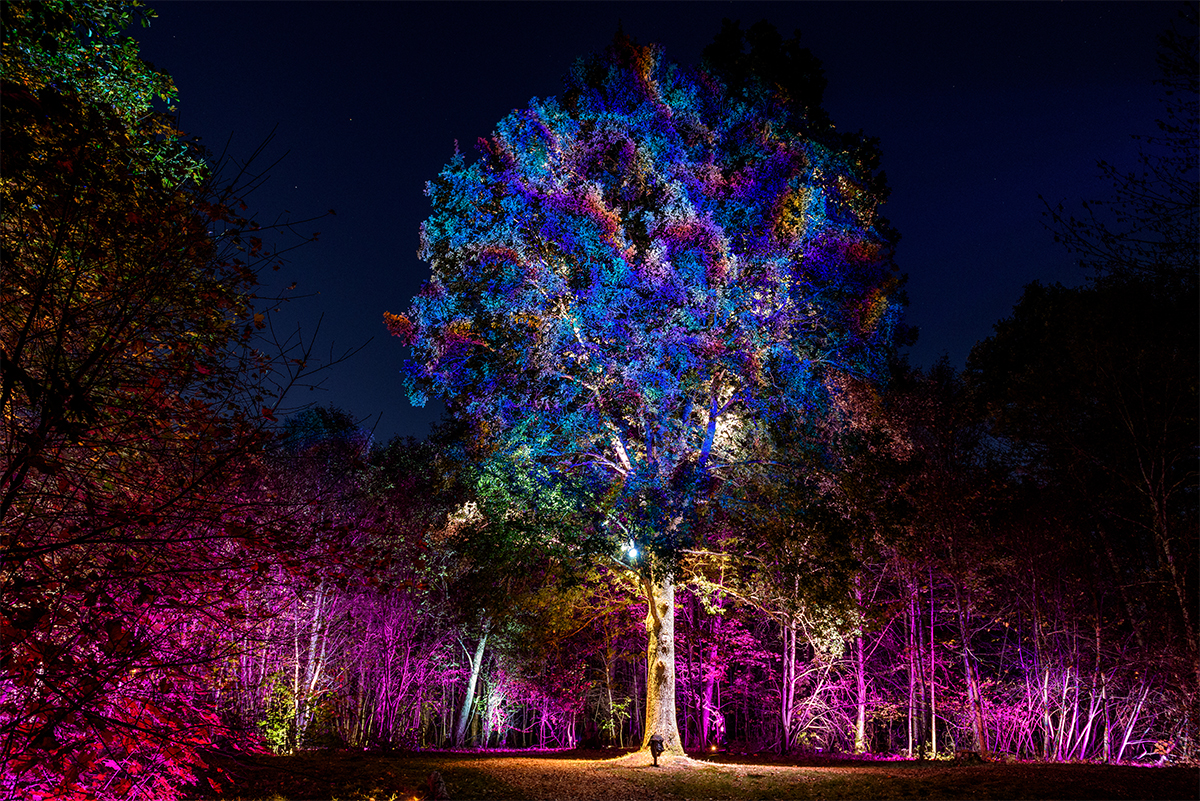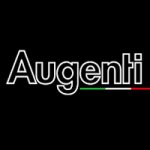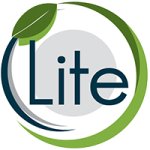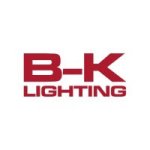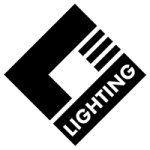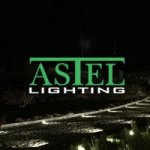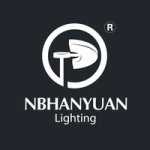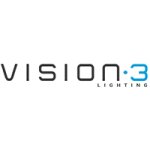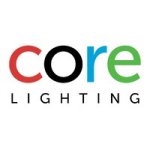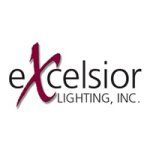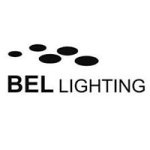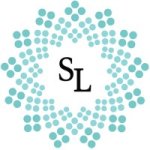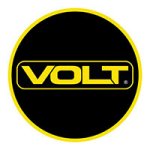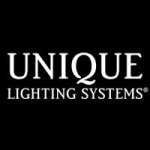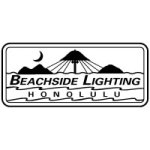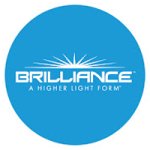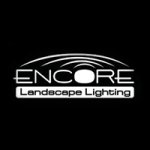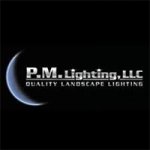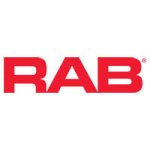Landscape flood lights: illuminating the sweep of your outdoor oasis
A
landscape flood light is a directional
outdoor lighting fixture designed to emit a broad and expansive beam of light across large areas within a landscape. It serves as a robust
outdoor lighting solution with the capacity to deliver powerful and uniform illumination across significant areas. The wide coverage allows floodlights to highlight key features within the landscape, such as trees, statues, or outdoor structures, contributing to an overall well-lit and visually appealing outdoor environment. The uniform light distribution ensures consistent illumination without noticeable variations in luminous qualities. These fixtures are versatile in their applications. They can be used in various outdoor settings, adapting to different landscapes and architectural features.
Aesthetic enhancement
Landscape flood lights are designed to accentuate and draw attention to specific features within the landscape. This can include trees, shrubs, architectural elements, sculptures, or any other focal points. By providing broad and uniform illumination, flood lights contribute to the overall aesthetic enhancement of the landscape. They reveal the beauty of the surroundings during nighttime, allowing residents, visitors, or passersby to appreciate the design and natural elements of the outdoor space. The broad illumination they provide ensures that multiple areas or features are adequately lit, preventing stark contrasts and creating a harmonious lighting scheme across the entire landscape. This type of lighting is well-suited for landscapes where the goal is to evenly illuminate expansive sections, allowing for a comprehensive and cohesive lighting effect. Whether illuminating a centerpiece, a water feature, or an architectural element, these lights guide the viewer's gaze to specific areas, creating a curated and visually captivating outdoor environment. In addition to natural elements, flood lights are effective in highlighting architectural details. This can include the illumination of building facades, columns, or other structural features, contributing to the overall aesthetics and visual interest of the outdoor environment. The broad and uniform illumination created by flood lights adds a layer of ambiance to the landscape. This ambient lighting contributes to the overall mood and atmosphere of the outdoor space. Depending on the intensity and color of the light, flood lights can create different emotional responses and enhance the overall experience.
Functional lighting
Beyond aesthetics, landscape floodlights serve a functional role in enhancing safety by providing visibility in outdoor spaces during nighttime. Landscape floodlights extend the usability of outdoor spaces into the nighttime. By uniformly illuminating large areas, they enhance visibility along pathways, driveways, or open spaces, improving safety and navigation for residents, visitors, or users of the outdoor space. Well-lit pathways, stairs, and key areas contribute to a safer environment. Well-lit outdoor spaces improve visibility, helping individuals navigate the landscape more safely. This is particularly important in areas with natural obstacles, changes in elevation, or uneven terrain. Floodlights can provide focused illumination for specific outdoor activities during the evening, such as gardening, outdoor dining, or recreational activities. This functional lighting contributes to the usability of outdoor spaces after dark. Adequate lighting is known to deter intruders and enhance security. Floodlights, with their broad coverage, contribute to the overall security of the property. In the event of power outages or emergencies, landscape floodlights equipped with battery backup or solar capabilities can provide essential illumination, ensuring visibility and safety.
Flood lights are versatile tools in
landscape lighting, capable of implementing various techniques to enhance the aesthetics, functionality, and ambiance of outdoor spaces. Their broad and powerful illumination makes them suitable for a range of applications, allowing designers to create visually appealing and dynamic landscapes.
General illumination
Flood lights serve as a primary source of general illumination in outdoor spaces. Positioned strategically, they provide broad and uniform lighting across large areas, ensuring visibility and safety in open landscapes, gardens, or outdoor recreational areas.
Accent lighting
Flood lights are often utilized for accent lighting to highlight specific features within the landscape. Whether it's a tree, architectural detail, or sculpture, flood lights can be directed to accentuate and draw attention to key focal points, contributing to the overall aesthetics of the environment.
Grazing
Grazing involves placing flood lights close to textured surfaces, such as walls or facades, to emphasize the texture and create visual interest. Flood lights graze along the surface, casting shadows that enhance the architectural or natural features, adding depth and dimension.
Moonlighting
Flood lights can be positioned at elevated points, such as trees or structures, to simulate the gentle illumination of moonlight. This technique, known as moonlighting, creates a soft and diffused lighting effect, contributing to a natural and serene ambiance in the landscape.
Silhouetting
Silhouetting involves placing flood lights behind an object, casting its shadow onto a vertical surface. This technique is effective for creating striking silhouettes of trees, plants, or other elements, especially when highlighting the distinctive shapes or profiles is desired.
Uplighting
Flood lights directed upward can be used for uplighting, illuminating vertical elements such as trees, columns, or architectural structures from below. This technique adds drama and visual interest by casting shadows and emphasizing the height and form of the illuminated features.
Downlighting
Positioned at elevated locations, flood lights can be used for downlighting, casting light downward onto specific areas. This technique is often applied to illuminate pathways, garden beds, or outdoor seating areas, providing practical and aesthetically pleasing illumination.
Water feature lighting
Flood lights are employed to illuminate water features such as fountains, ponds, or waterfalls. The strategic placement of flood lights enhances the visual appeal of water elements during the night, creating reflections and highlighting the dynamic aspects of the landscape.
Embracing the LED era
The directional nature of LEDs, their energy efficiency, instant illumination, durability, color options, dimming capability, directional control, adaptability to modern controls, and compact design collectively drive the synergy between flood lighting and
LED technology. LEDs inherently emit light in a specific direction, making them well-suited for flood lighting applications where directional control is crucial. The energy efficiency of LEDs contributes to cost savings, making them economically viable for continuous or prolonged operation, which is common in flood lighting. LEDs have a longer lifespan compared to traditional lighting technologies, reducing the frequency of replacements and maintenance in flood lighting systems. LED technology enables the design of compact and sleek floodlight fixtures, contributing to aesthetic appeal in
landscape lighting design. The smaller form factor of LED fixtures allows for integration into the landscape without dominating the visual space. LED landscape flood lights can be easily integrated with advanced
lighting control systems, including smart landscape lighting solutions.
Unleashing the palette of light
LED technology has revolutionized landscape lighting by offering
LED floodlights with versatile color configurations. LED floodlights with diverse color configurations provide landscape designers with a powerful tool for artistic and aesthetic lighting design. The adaptability of
color temperatures,
RGB mixing, color-changing capabilities, and precise control options allow for dynamic, customizable, and visually stunning lighting effects. This transformation has expanded the creative possibilities for landscape designers, enabling them to use light as a dynamic and expressive medium in outdoor spaces. LED technology allows for the creation of LED floodlights with adjustable color temperatures, ranging from warm white to cool white. This adaptability enables landscape designers to customize the lighting to suit the ambiance and time of day. Many landscape LED floodlights incorporate RGB (Red, Green, Blue) color mixing capabilities. By adjusting the intensity of these primary colors, a wide spectrum of colors can be achieved. LED floodlights with color-changing capabilities can be programmed to transition smoothly between colors or follow preset sequences, adding a dynamic and interactive element to landscape lighting.
DMX-enabled LED floodlights can be integrated into larger landscape lighting shows, synchronized with music, or programmed for complex lighting scenarios.
The lighting system
A landscape LED floodlight is a cohesive system comprised of multiple interdependent parts and components. Landscape LED floodlights commonly incorporate a design where the LEDs are integrated into a single array. Multiple individual LED packages are arranged and interconnected in a cohesive manner on a metal core printed circuit board (MCPCB). This approach offers a compact and integrated solution for landscape lighting applications. The LED module incorporates optical components like lenses and reflectors to control the direction and spread of light emitted by the LEDs. The LED luminaire includes driver circuitry for converting alternating current (AC) to direct current (DC) and controlling the power supplied to the LEDs. Control electronics may be incorporated for features like dimming or color-changing capabilities and to enable integration with external
lighting controls, such as timers,
motion sensors,
daylight sensors or
smart control systems. The LED board is mounted on a
heat sink which is designed to maximize the heat flow from the PCB to the ambient environment. The heat sink is often an integral part of the housing or enclosure which also provides physical protection for internal components against environmental elements.
Power supply
The voltage requirements for landscape LED floodlights can vary, and they may operate on either low voltage or line voltage, depending on the specific design and intended application. Low-voltage systems are considered safer for outdoor installations, as they reduce the risk of electric shock and are often easier to install without the need for conduit or specialized electrical work. Line-voltage
LED flood lights are more common in larger outdoor spaces and
commercial applications where higher light output and compatibility with existing electrical systems are essential. Solar-powered landscape LED floodlights are popular for outdoor lighting applications, especially in areas where grid electricity is not readily available or where a sustainable and eco-friendly lighting solution is desired.
Built to endure
Landscape LED floodlights are constructed to withstand various environmental conditions, including rain, snow, sunlight, and temperature fluctuations. Materials used in the construction are often chosen for their resistance to corrosion and degradation caused by exposure to outdoor elements. Seals and gaskets are often employed to create a watertight and airtight seal, enhancing overall protection. The incorporation of membrane breathers is one of the strategies employed to enhance the floodlights' ability to withstand pressure differentials and prevent moisture-related issues, contributing to their long-term reliability and performance in outdoor applications. The aluminum housing undergoes surface treatment processes to enhance its protective qualities. The optical system of LED floodlights is shielded by tempered glass to allow the passage of light while protecting the internal components. These features collectively contribute to the robustness, durability, and weather resistance of LED floodlights in outdoor environments.
